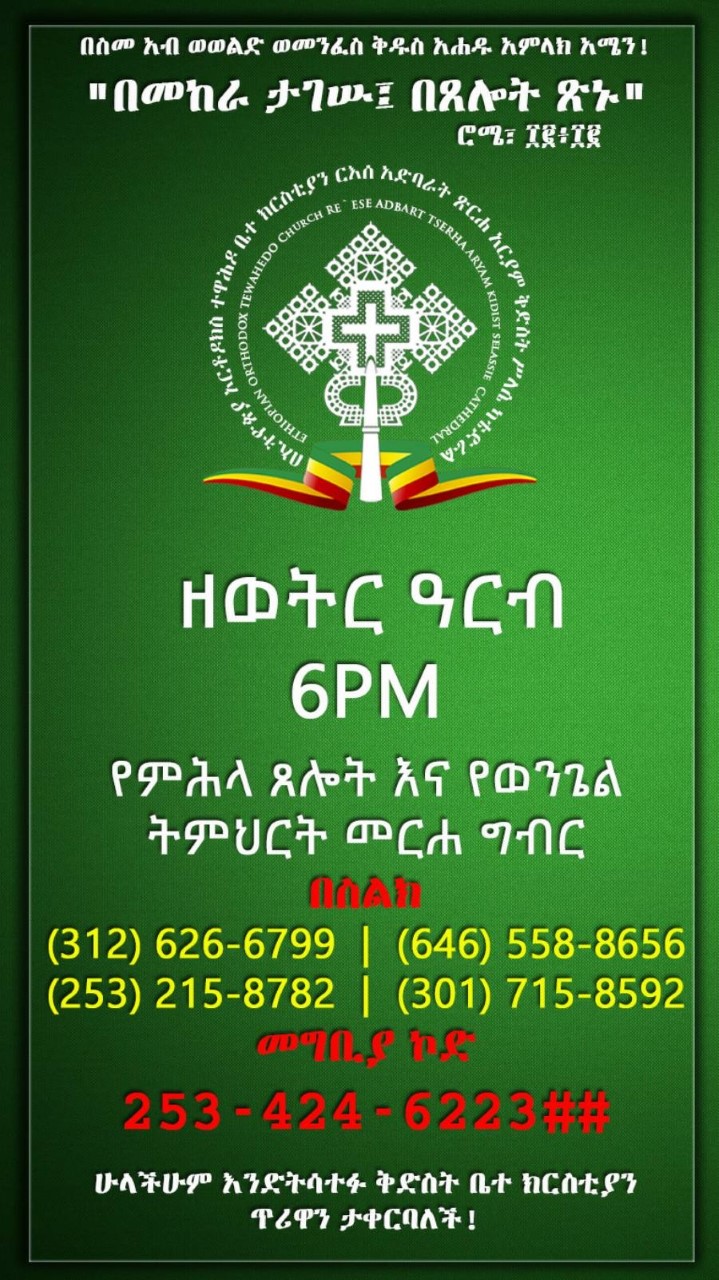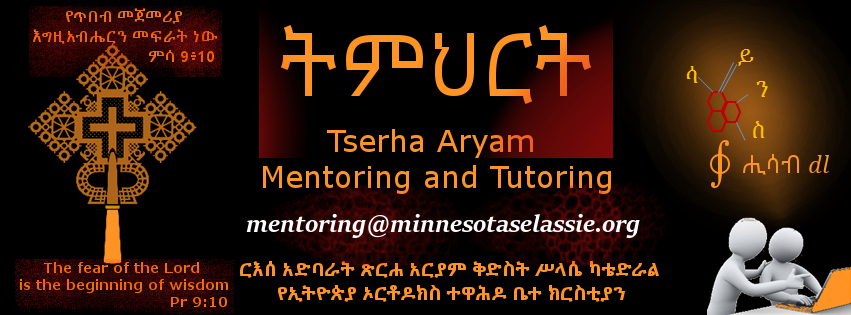Meskel (The Feast of the Holy Cross) Part 9
This article is prepared by Mahibere Kidusan USA Center
Why Do We Celebrate Meskel?
Meskel is observed on Meskerem 17 (first month of the year in the Ethiopian calendar) (September 27). It is commemorated because after the Lord died on the Cross and resurrected, the sick were healed by touch-ing the Cross and rubbing their bodies against it. The Jews who saw this dumped the Cross at a landfill out of ill will. Through time the place turned into a small hill from the accumulation of debris. Although they were unable to dig out the Cross, the Christians had an idea where it was laid. However, as the Christians left the city of Jerusalem after Titus’ siege in 70 A.D. as well as due to the overall change in the city’s land-scape and urban surrounding, it was impossible to locate where the Cross was buried. As a result it was left covered for 300 years. Afterward, in the fourth century, mother of the great Emperor Constantine, Queen Helena went to Jerusalem and made relentless effort in quest of the Cross. Finally, following what an elderly man named Kyriakos told her, she asked for the gathering of some wood to bundle and install it for a bonfire (Demera), scattered frankincense on it, and as she lit it, the smoke rose to make a rainbow-like shape over the area where the Cross was buried, like one would point at something with his finger. Without wasting time, she had the excavation started on Meskerem 17 and found the Cross on Megabit 10 (seventh month of the year in the Ethiopian calendar) (March 19). The Cross did a lot of miracles after it was unearthed. The building of a church was finished on Meskerem 17.
In Ethiopia, we celebrate Meskel with bonfire (Demera), by participating in the Divine Liturgy (Kidassie) and Hymns (Mahlet) for the aforementioned reason. Additionally, having seen the miracles done through the Holy Cross, well respected monarchs of that era divided the Holy Cross into four to take for themselves and the piece where the right hand of Our Lord, God and Savior Jesus Christ rested (the right wing/segment) is found at Gishen Debre Kerbie Mariam yet the whereabouts of the remaining three pieces is unknown. The right segment of the Cross was brought to Ethiopia during the reign of Atsie Dawit, Ethiopian emperor of the 14th century. After it came to the land of Ethiopia, there was an attempt to build a church to house it; however, the ground would shake resisting to stay still so they went to several churches looking after the right place until God told them "rest My Cross on a cross-shaped landscape" which led to the only place found with such a shape—Gishen Debre Kerbie—where the right segment of the Cross is kept to this day.
Unaccountable number of people have benefited a lot from the blessings of the Holy Cross and we should commemorate the holiday appropriately so that we too are partakers of the same blessing.
May we have a happy holiday and may we receive benediction from the Cross. Amen.
Glory be unto God
Prepared by:
The Ethiopian Orthodox Tewahedo Church
Sunday Schools Department
Mahibere Kidusan USA Center
Education and Apostolate Service Section
2004 (Ethiopian Calendar)











